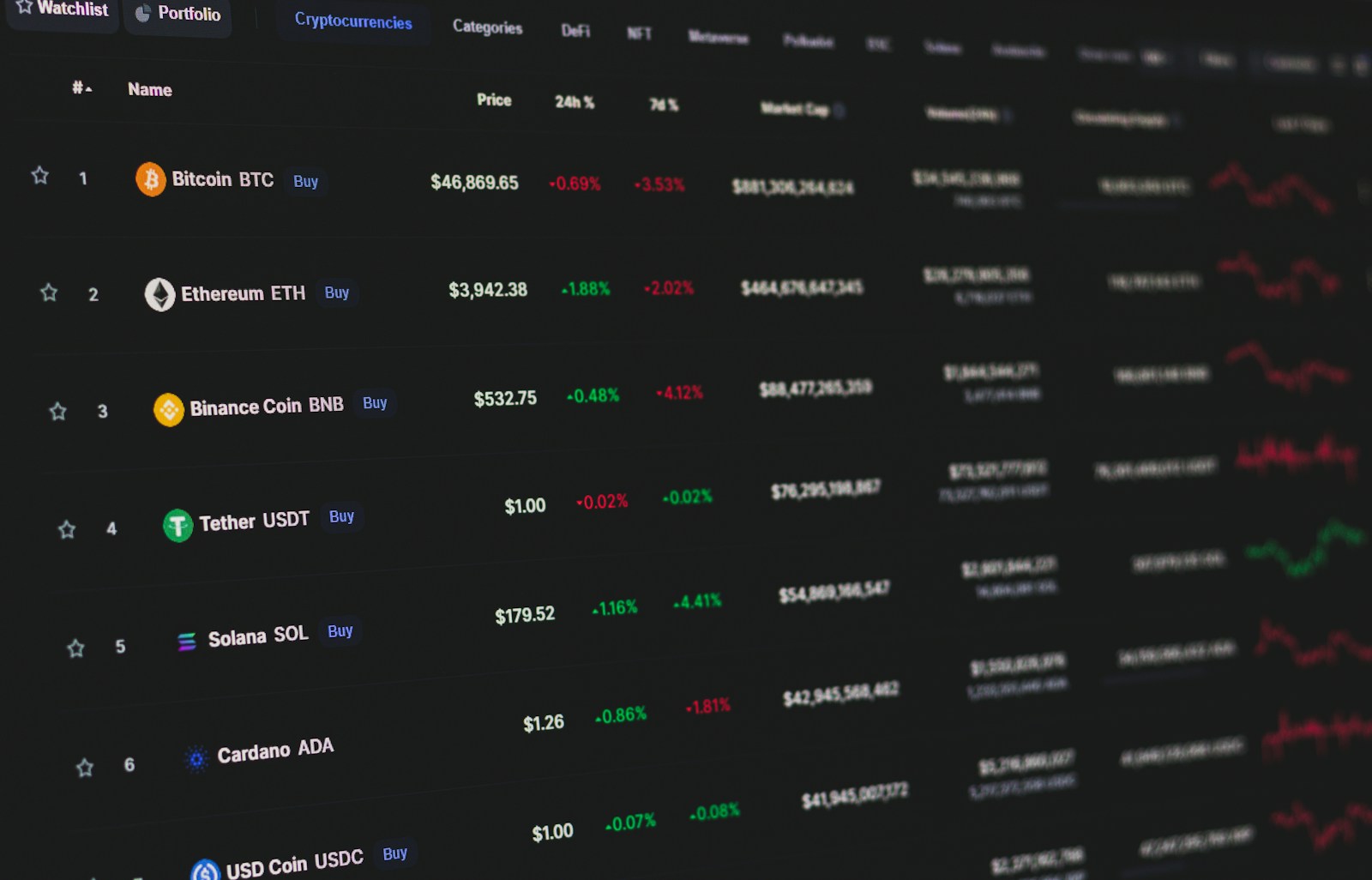Key Market Movers
The premarket session has identified several standout performers experiencing notable price swings ahead of the regular market open. These movements often reflect reactions to overnight news, earnings releases, analyst upgrades or downgrades, and other market-moving events that occurred after the previous day’s close. Trading volume in the premarket session typically remains lighter than during regular market hours, which can sometimes lead to more pronounced price movements. This creates both opportunities and risks for early traders attempting to position themselves ahead of the official market opening.Factors Driving Early Movement
Several factors appear to be influencing today’s premarket activity. Corporate earnings announcements released after yesterday’s close or before today’s open are likely playing a significant role in the observed price action. Companies that exceeded or missed analyst expectations often see immediate reactions in their share prices. Macroeconomic data releases may also be contributing to the movements. Economic indicators published before market open frequently trigger broad market responses, particularly in sectors sensitive to economic cycles or interest rate changes. Additionally, news of mergers, acquisitions, or major corporate developments can drive substantial premarket activity in affected companies and their competitors.Sector Trends
The premarket movements reveal patterns across certain sectors, suggesting that industry-specific factors are at work. Investors should note which sectors are showing strength or weakness, as this may indicate broader market sentiment or rotation strategies among institutional investors. Some of the notable sector-specific movements include:- Technology stocks respond to product announcements or supply chain updates
- Financial institutions are reacting to interest rate expectations
- Healthcare companies affected by clinical trial results or regulatory decisions
- Energy stocks responding to overnight commodity price changes







